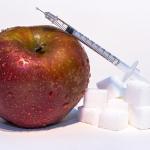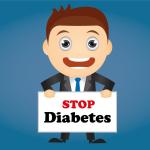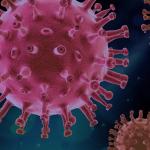The study looked at patients with heart failure; individuals felt to be particularly sensitive to the presence of additional salt.
Disease
Let’s get right to it. The data on the top 22 high-income countries comes from the Organisation for Economic Co-operation and Development (OECD), specifically estimates of expenditures on cancer care for 2019.
78% have heard at least one of these myths and say that it’s either true or they are not sure.
The study involved three prospective cohorts, the Nurses’ Health study, I and II, and the Health Professionals Follow-up study, all containing genomic data and the relevant demographic and clinical information.
“Prediabetes is a constellation of metabolic measures that prior research has shown to proceed the onset of diabetes.”
Progress has been defined by reductions in daily rates that tend to fluctuate widely among locations.
Remember the early days of Covid when experts were excitedly talking about herd immunity (HI) and how things would get back to normal when this was reached? How long has it been since the term was used? The answer is five days.
Let’s talk about the business of retail medicine; by that, I mean the care and costs of seeing your doctor.
1211 participants underwent “clean” (a CDC definition of infectious nature of the surgery) orthopedic surgery, were given appropriate antibiotics within an hour of beginning surgery, and repeated every 3 to 4 hours during surgery.












